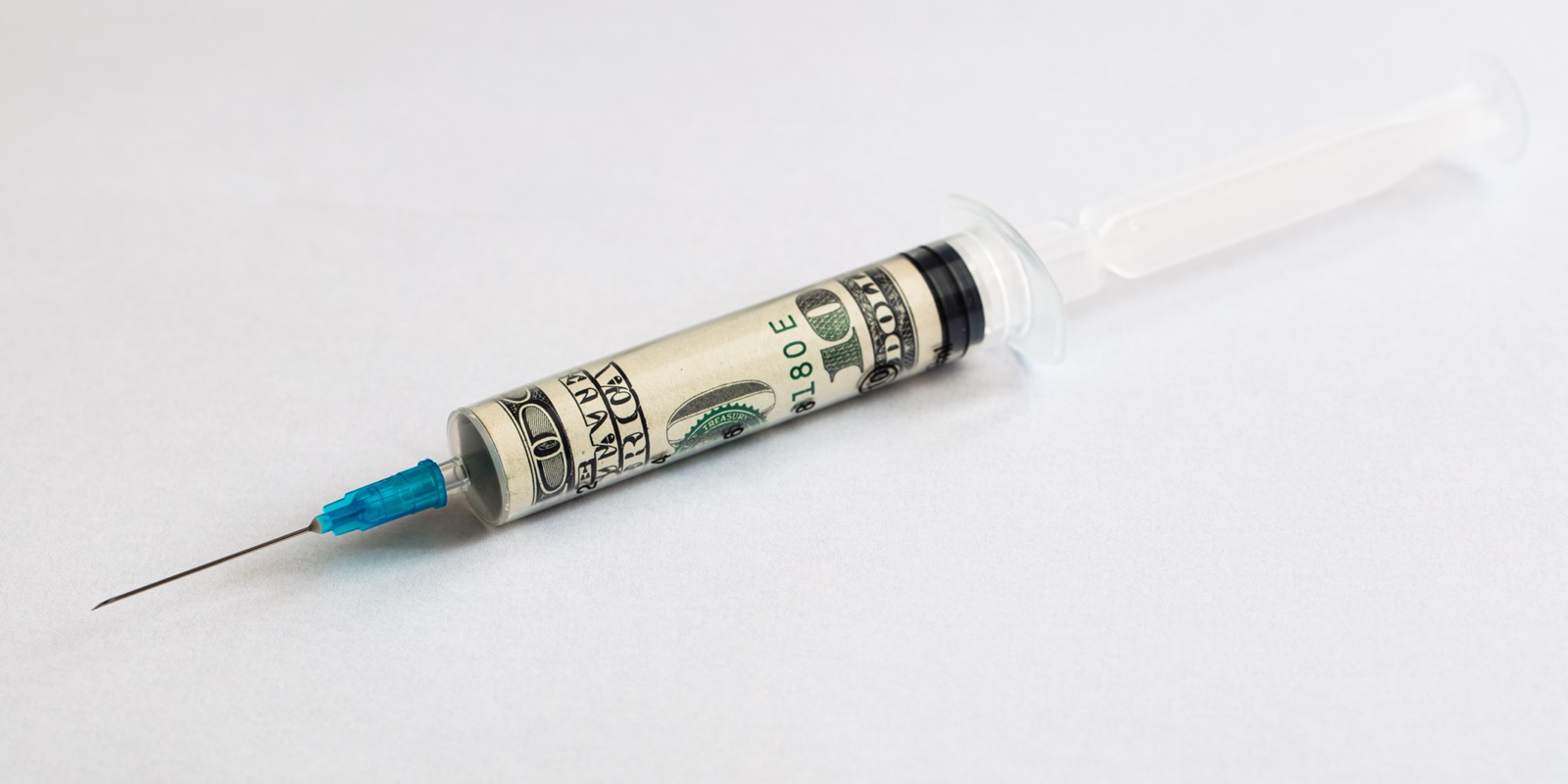Recently the president of a large food service distributor summed up his company’s situation: “We’ve spent six figures to provide technology for our field sales force. One of the key benefits was to help them make better pricing decisions. They now have a ton of information…so why does my margin keep going down?”
The promise of technology is compelling. Sales people can now access a dizzying array of data to better serve customers. Yet, when it comes to pricing, more usually results in less.
It’s not that the information itself is bad; it’s just that it is largely irrelevant to building margin.
I’d suggest that your company makes two basic types of sales: price sensitive and everything else. The price sensitive items you sell are what your sales people spend 90+% of their time pricing. In our practice, we review a lot of pricing. At the end of the day, there is little difference in the margin distributors make on commodity and price sensitive sales. Competition tends to norm down everyone’s margin. This means there’s little opportunity to gain more margin on these sales.
The other type of sales you make is “incidental items”. These typically account for about 30% of your volume. This category is comprised of items your customers buy on-occasion and on which they spend hundreds instead of thousands of dollars a year.
When it comes to incidentals, there is a big difference in margin among distributors. The average spread between a distributor’s incidental sale margin and their overall margin is 7 points. The most profitable firms enjoy a 12 to 15 point spread.
Companies that deploy technology to help their sales people make better pricing decisions are usually disappointed because it’s not the information that’s the problem. Sales people spend too little time pricing low volume, infrequently purchased items, though these are the items with the greatest profit potential. There can even be a downside of offering too much information. We’ve yet to see a distributor who doesn’t increase margin when “Last Price Paid” numbers are removed from order entries, for example.
The path to increasing margin on incidentals is straightforward:
- Identify incidental purchases upfront
- Decide where these sales should be priced
- Succinctly communicate their pricing strategy to their sales force, and
- Build systems to make sure they consistently make more on these sales.
The most profitable distributors take strategic control of their pricing for incidental sales. With a little effort and help from a pricing specialist such as Profit2, you can, too.





